Cubby is a desktop virtual reality demonstrator which I built during my PhD studies at Delft University of Technology. It features three adjacent orthogonal screens forming a cubic display space. Through coupling the perspectives on all three screens to the head position of the observer, the illusion is created that virtual objects appear ‘holographically’ within this display space. As the virtual scene appears in front of rather than behind the screens, the user can manipulate virtual objects with six degrees of freedom where they appear by means of a tweezers-like instrument.
Year: 1993-1998

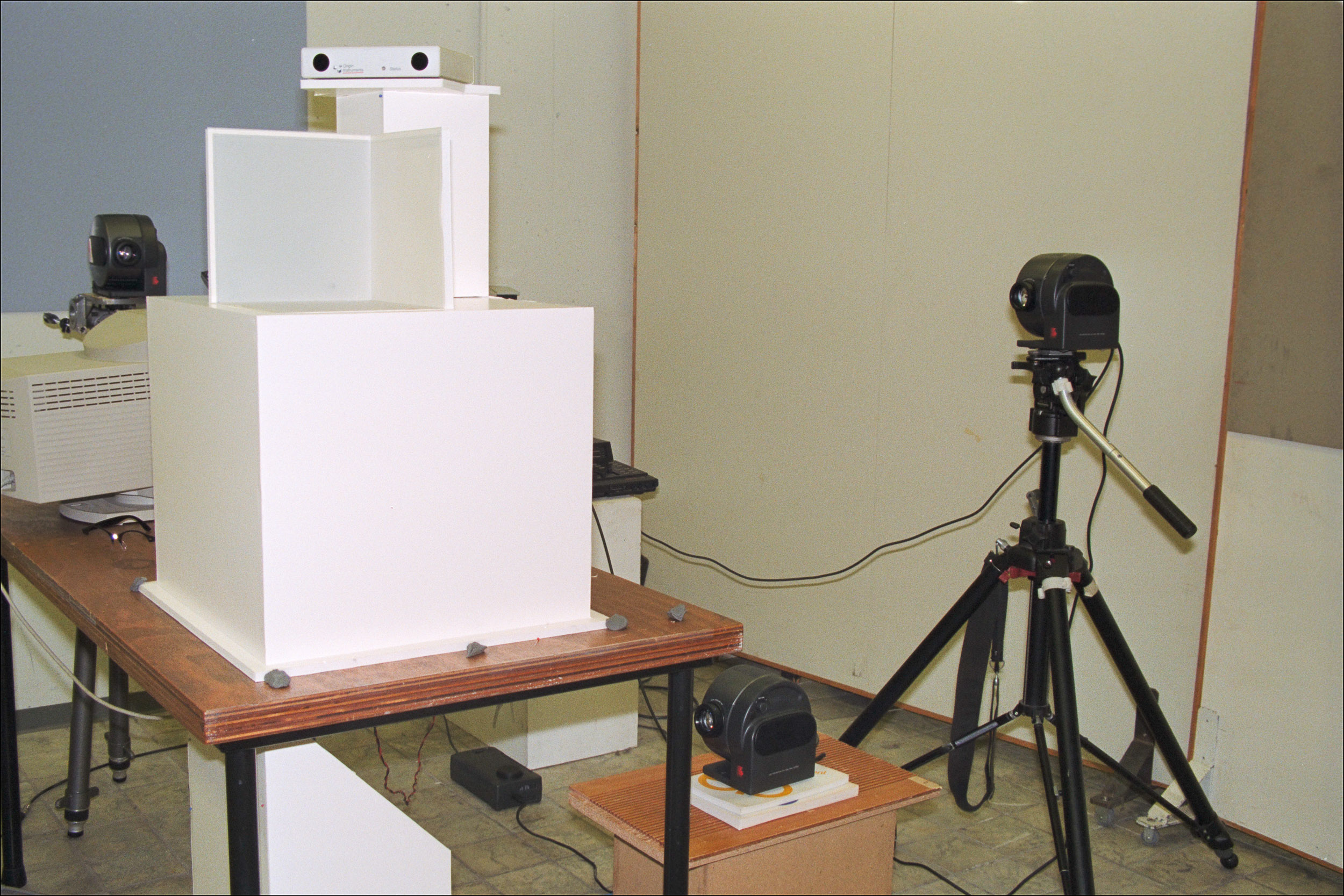
The first proof of concept did not offer realtime 3D rendering. Instead I pre-rendered an array of images for a dozen or so head positions in a 3D modelling application. These stills were then coupled to 3D head positions. The set-up was built in foamboard with the projectors placed on tripods.
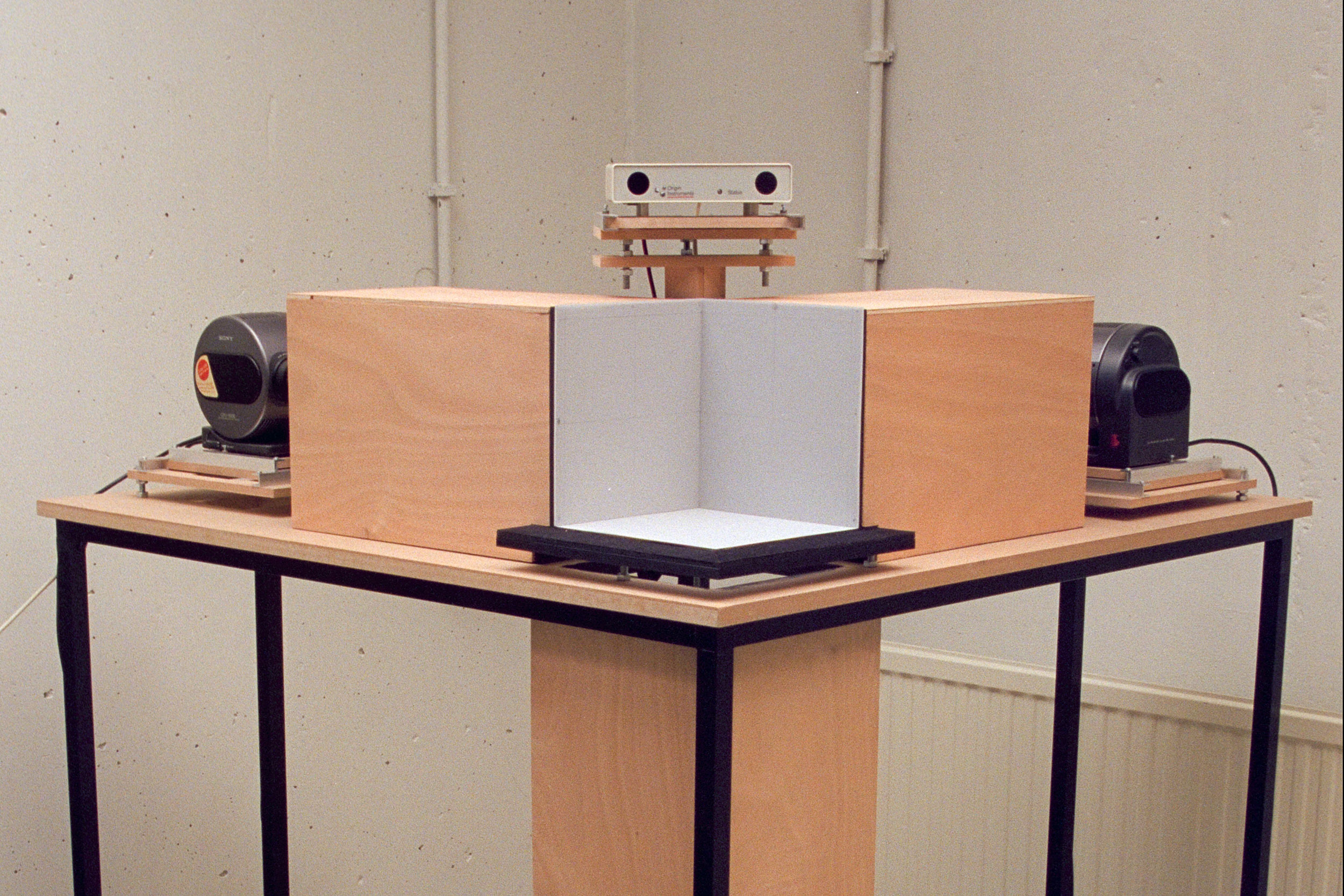
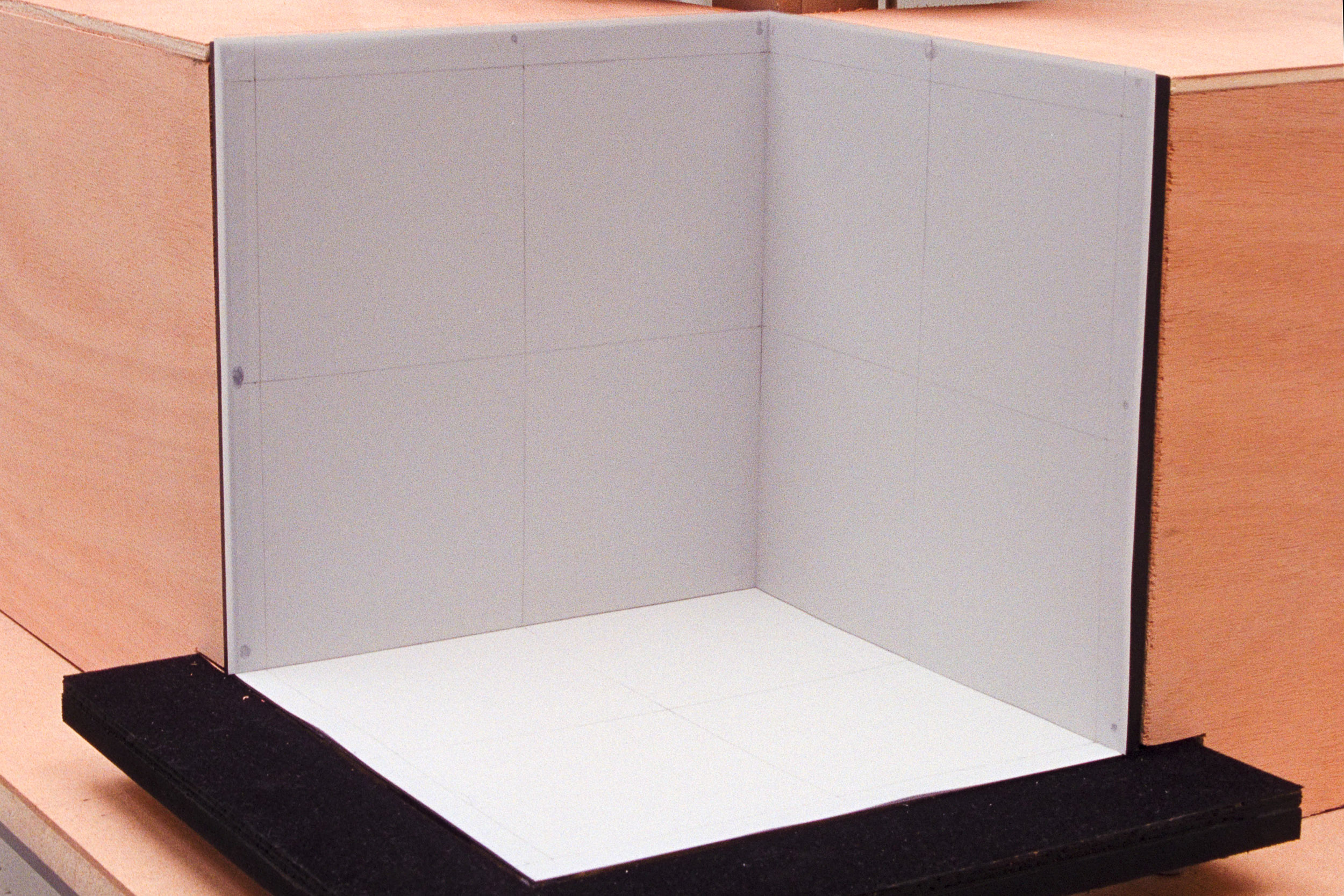
To simplify the alignment of the projectors a table was built. This worked fine when the focus was still on 3D perception. However, when I added 3D manipulation, it turned out that the electro-magnetic sensor did not like the steel tubing in the table. Therefore the final version was built completely in wood.

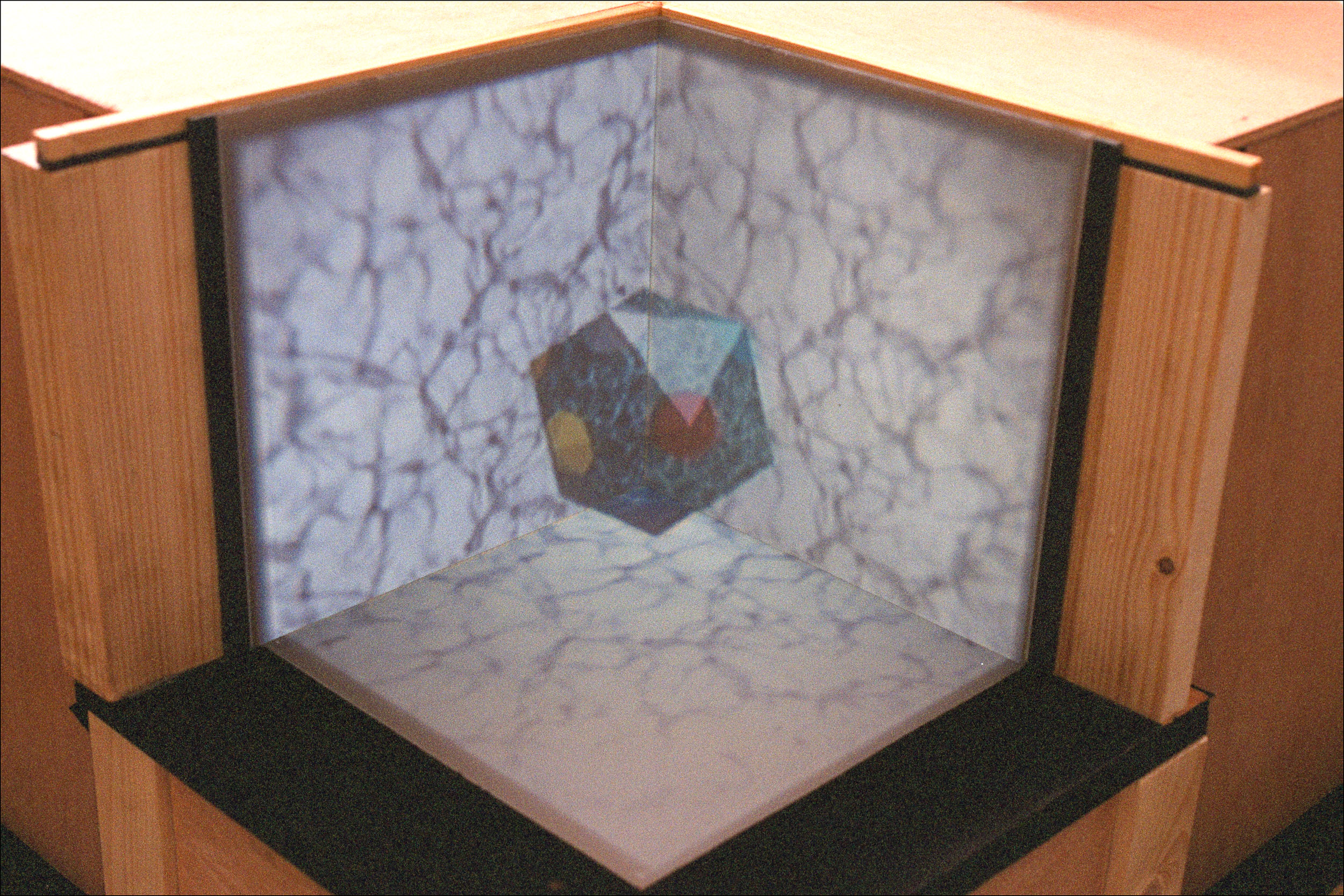
Applications that we discussed at the time included surgical training and pre-operative visualization. In these areas Cubby could offer added value because the user’s actions with instruments in virtual space can correspond 1:1 with the actions required during an actual operation.
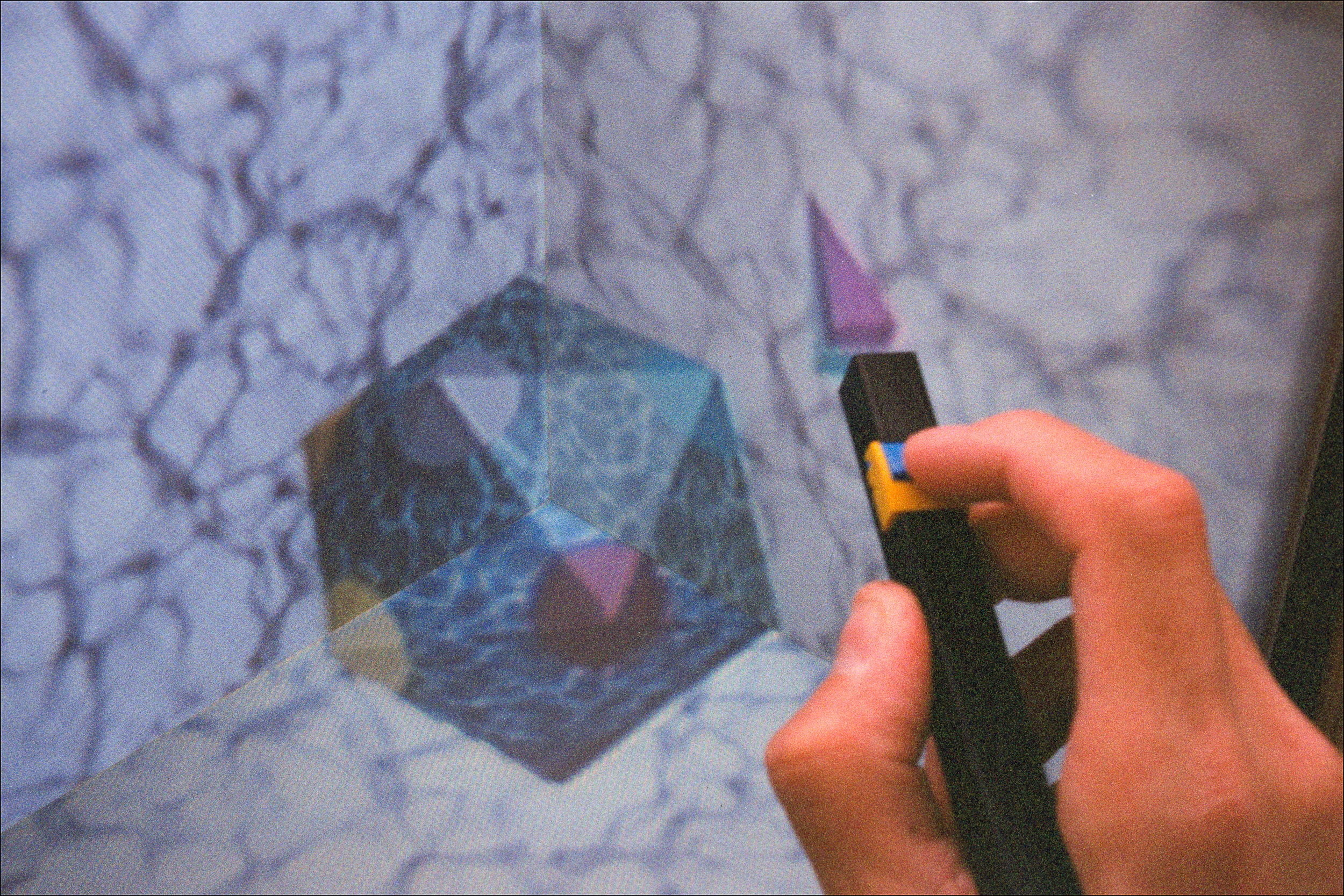
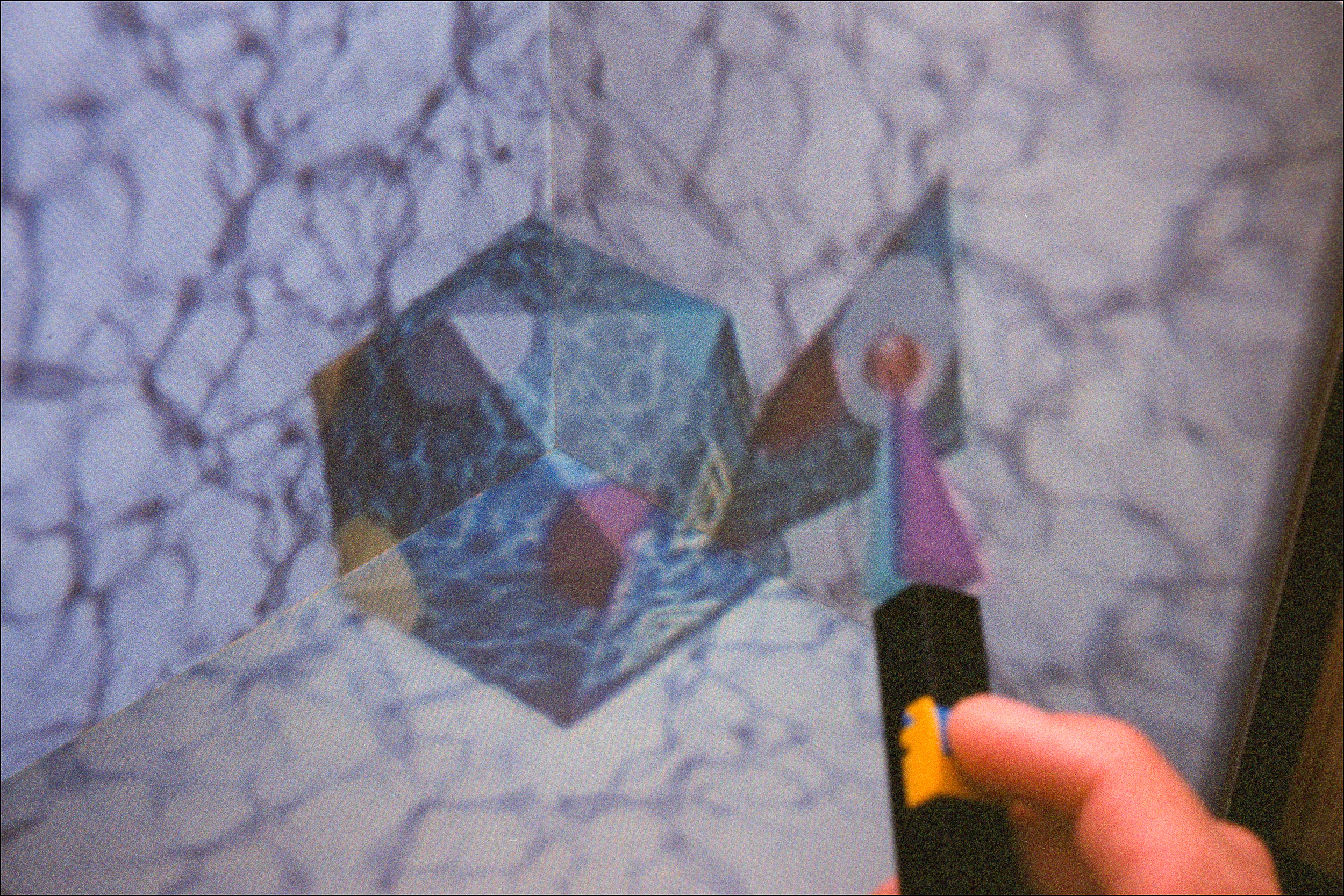
But 3D was in its infancy – visual 3D programming environments such as Unity3D did not exist at the time – and even basic things such as collision detection took major effort, let alone something like soft tissue modelling.
Year: 1993-1998
Technologies
Desktop VR
Head-coupled perspective
Co-located manipulation
Academic publications
Displays (1997)
Behavior & Information Technology (1997)
Medicine Meets Virtual Reality (1997)
PhD thesis (1998)
MacTech (1998a)
MacTech (1998b)
MacTech (2000a)
MacTech (2000b)
MacTech (2000c)
Proceedings of MMVR (2001)
Proceedings of ITEC (2001)
Proceedings of ITEC (2002)
Proceedings of CHI (2002)